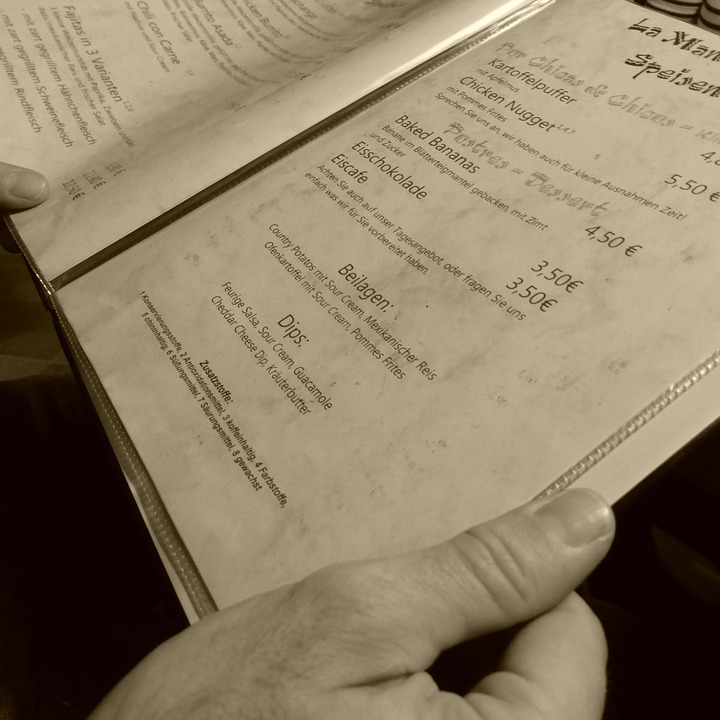Restaurants are some of the most rewarding and successful businesses. However, wrong menu pricing is often the cause of the downfall of most ventures. Managers estimate the actual cost of restaurant menu prices by factoring in prices per raw item, cooking costs, delivery fees, and employee wages. There are certain key metrics that must be carefully tracked to ensure success is reached. Since making profits is the number one goal of any restaurant, there must be a simultaneous control of costs and attraction of revenue.
Setting the Price Point
For starters, it is vital to realize that food costs affect the bottom-line, and the best way to determine the menu prices is by implementing cost control measures for profitability. The general rule is to take into account the base cost of each dish and double it to reach a ballpark price. From the baseline, the restaurant menu prices can be adjusted to match those of a competitor.
You must determine if yours is a restaurant for middle-class diners, an establishment serving the low-income group, or simply a fancy getaway for people looking indulge. The clientele is an important part of helping restaurants set a proper price point. It is not about designing a pricing scheme, but keeping costs at appropriate levels. Success is achieved when the following are put into consideration:
• The dish size
• Local menus and relative costs
• Freebies
• Portion sizes
Calculation of Goods Sold
It can be difficult to determine the profits a restaurant business is bringing in without first taking into account the cost of raw goods bought. COGS are the largest expenses for restaurants and stands for the amount needed to create food and beverage items sold to diners. For this to be calculated, inventory levels must first be recorded for a period of time. Margins can be increased and costs minimized by negotiating better rates with food distributors. The equation considered is; Beginning inventory + Purchases — Final inventory = COGS. This should help a restaurant stay on top of potential problems and financials.
Food Cost Percentage Calculation
This refers to the percentage of sales spent on food. Setting a restaurant menu prices percentage is a great way of controlling costs and ensure profits are generated. Most establishments pay a lot of emphasis on a figure of around 20 to 40 percent. While calculating this percentage is helpful in determining the overall pricing strategy performance, it can also help in pricing individual items.
Volatility
Food costs change based on many factors, from weather conditions to politics. It may be easy for large chains to sign contracts that lock in prices, but a small restaurant may not have the option. This is where cushioning for volatile items such as seasonal dishes comes in. Established restaurants choose to print their menus in-house for easier reprinting when costs suddenly soar.
The surest way to encourage diners to visit a restaurant again is by setting reasonable menu prices. When planning to raise prices, it is advisable to increase them gradually. In many cases, diners do not notice.
